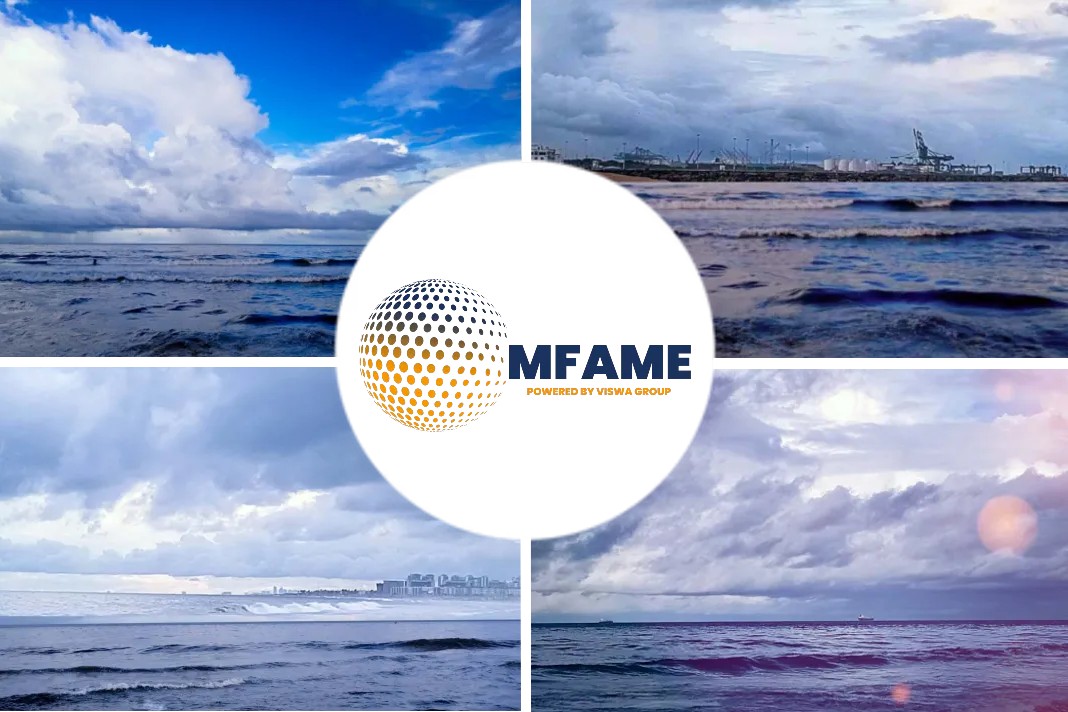China’s Belt and Road Initiative has left scores of lower- and middle-income countries saddled with “hidden debts” totaling $385bn, reports Financial Times.
Existing debts
The AidData researchers estimated that existing debts stemming from Chinese lending are “substantially larger” than previously understood by credit rating agencies and other intergovernmental organizations with surveillance responsibilities.
“It took my breath away when we first discovered that [$385bn figure],” Brad Parks, executive director of the AidData team, told the Financial Times.
Plague of “Hidden Debt”
Where Chinese lending was previously mostly directed to sovereign borrowers such as central banks, now, close to 70 percent of China’s foreign debt is issued across state-owned companies, state-owned banks, special purpose vehicles, joint ventures, and private sector institutions.
More than 40 lower- and middle-income countries (LMIC) now have levels of debt exposure to China higher than 10 percent of their national gross domestic product, AidData estimated. The report was released as international debate rages over fears that China has pushed developing countries into so-called debt traps, which could ultimately result in Beijing seizing assets when debts are not repaid.
Media Myth
Executive director of the AidData team Parks said, however, that while the “media myth that has developed over time is that the Chinese like to collateralize on physical, illiquid assets”, the latest research suggests that collateralization of liquid assets is common.
“What’s happening is that the Chinese state-owned bank is set on requiring the borrower to maintain a minimum cash balance in an offshore bank account, or an escrow account, that the lender itself controls.”
Liabilities from the hidden debts
Such contingent liabilities from the hidden debts loomed “almost like a phantom menace” for many countries, Parks said. “If you’re in a finance ministry in a developing country the challenge of managing hidden Chinese debt is less about knowing that you will need to service undisclosed debts with known monetary values to China. It is more about not knowing the monetary value of debts to China that you may or may not have to serve in the future,” Parks said.
Did you subscribe to our newsletter?
It’s free! Click here to subscribe!
Source: Financial Times


















